This article explains how to set up and partition a new hard drive using Windows 11.
Windows allows users to create partitions on hard disk drives to manage data better and improve performance in some cases.
A new computer may come with a single hard drive and one or a partitions. Attaching a new hard drive to your computer will typically attach with a single partition. You can create as many partitions as the system or drive allows. But you won’t want to do that in a normal situation.
In most cases, one or two partitions on a hard drive are reasonable when creating separate partitions so that special data is on its one partition and not sharing the same partition with the operating system.
In Windows, the partition you create is referred to as a drive and generally has a letter associated with it. You can create, shrink, resize partitions, and more.
How to create a partition in Windows 11
As mentioned, one can create partitions from the system’s hard drive. A hard drive in Windows will have a single partition. That single partition can be shrunk and resized to create additional partitions on the hard drive.
The steps below show you how to do that in Windows 11.
First, click on the Start menu and type Create and format hard disk partitions; under Best match, select the highlighted option to open the control panel app.
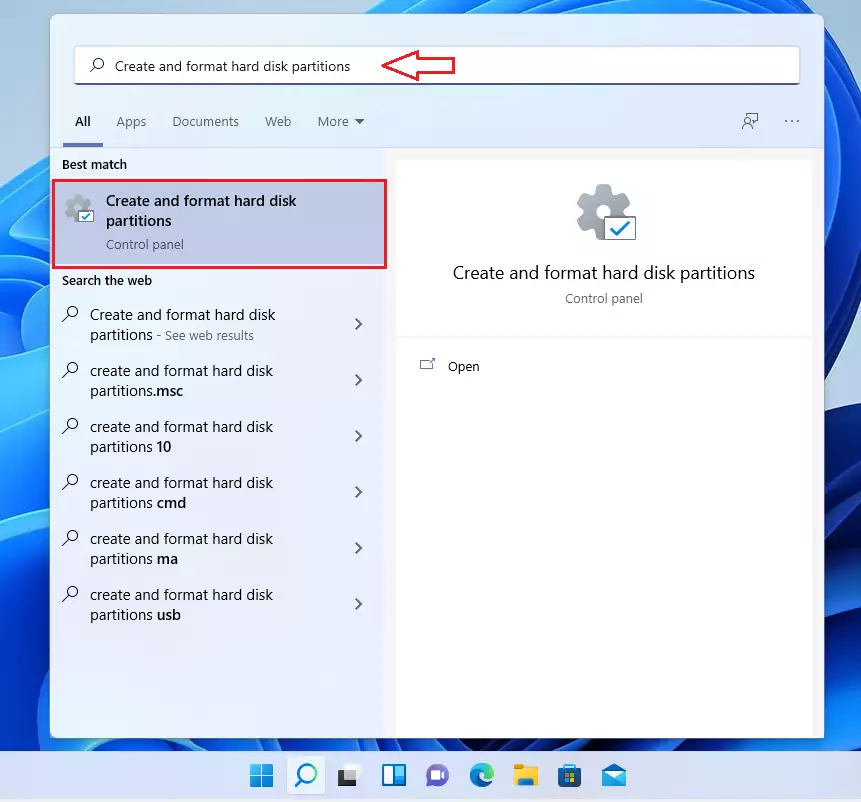
The Windows Disk Management tool should look similar to the image below. Any disks not yet set up are shown as Not Initialized and Unallocated.
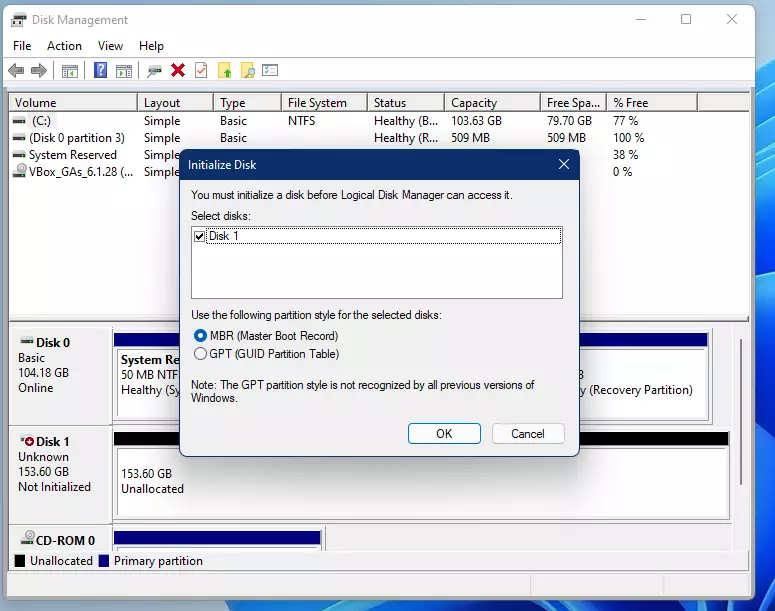
Windows will prompt you to initialize a new hard disk that has not been initialized. Click the OK button when prompted, as shown above.
Once the hard drive is initialized, you can begin creating partitions. Windows 11 supports GPT, so that you can choose that option. By default, MBR is selected, and if you’re unsure if the drive you install supports GPT, then MBR should be sufficient.
Select GPT if you’re setting up a drive or partition larger than 2 TB or want to use the GPT partitioning style.
How to create a new simple partition in Windows 11
Right-click onzed the drive with the Unallocated partition and select New Partition or New Simple Volume from the option shown.
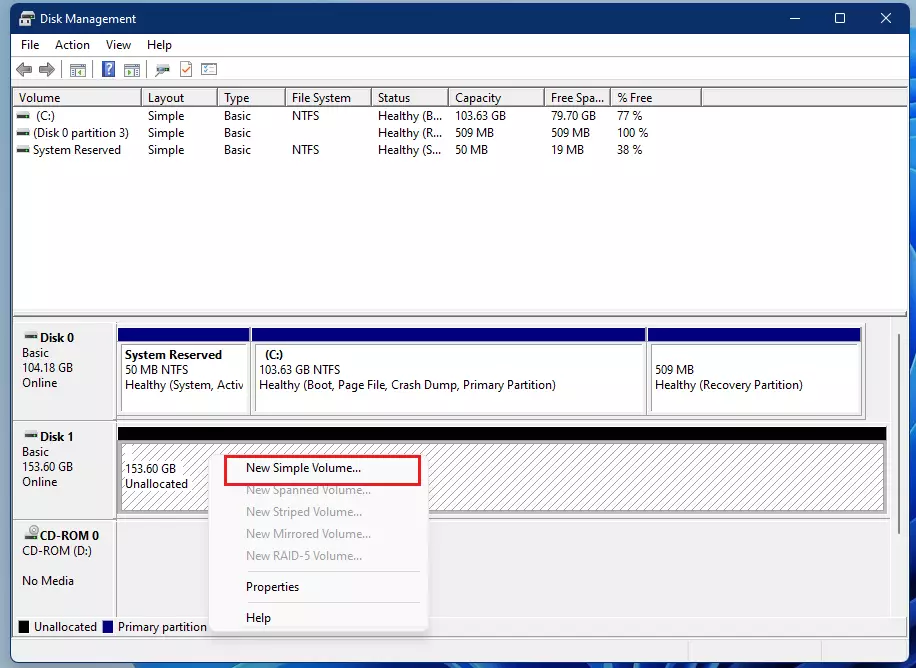
A New Simple Volume Wizard opens. Click Next to begin setting up a new partition.
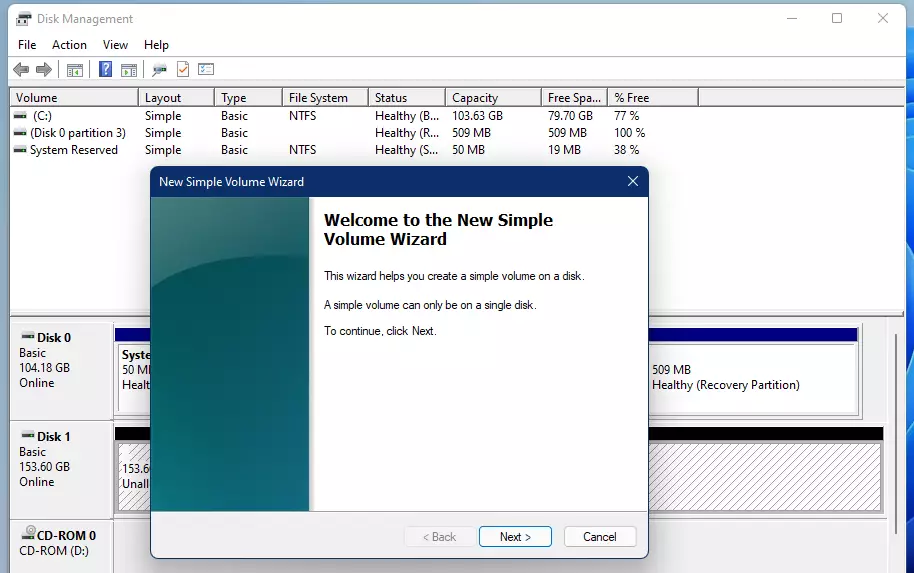
Specify the partition size you want to create, and click Next. Partition or Volume Size is the maximum capacity in MB of the drive. By default, it will make a partition to use up the entire space on the drive.
To create multiple partitions on the drive, you’ll have to specify an amount that doesn’t use up the entire space on the hard drive.
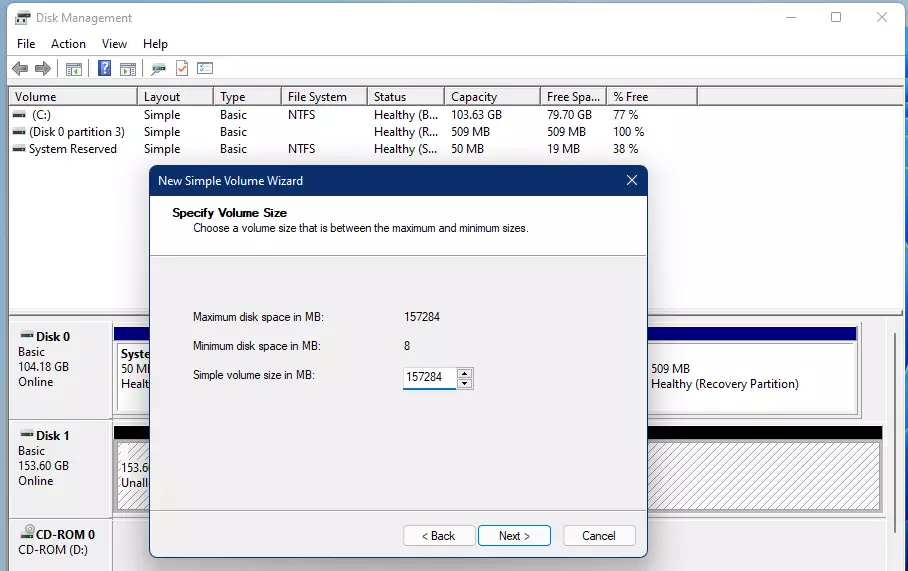
Select a drive letter for your new partition, and click the Next button.
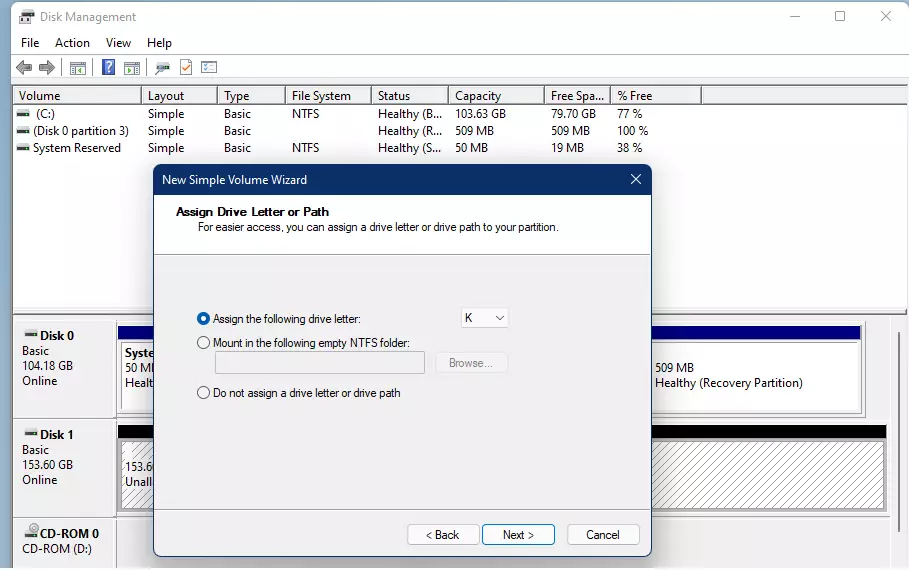
Ensure the drive format is NTFS, change the volume’s name (optional), and click the Next button.
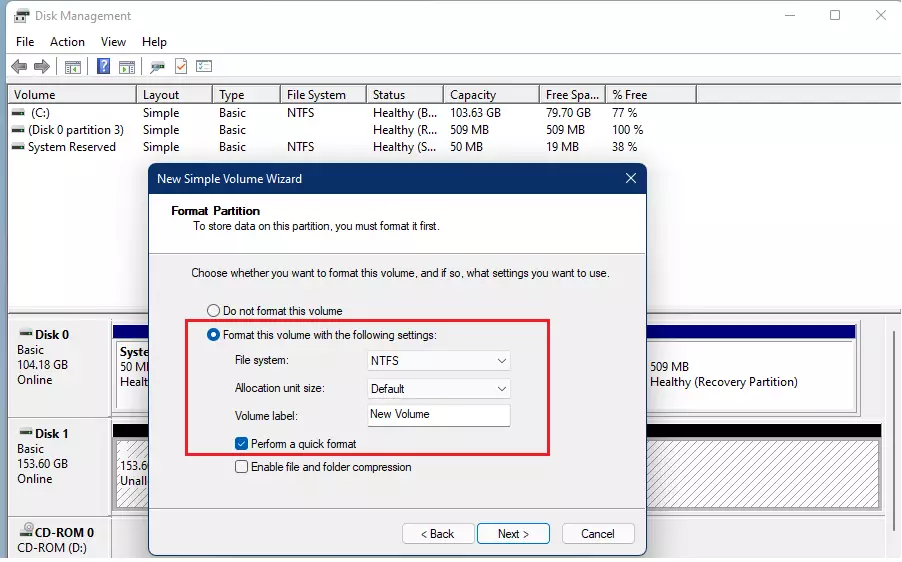
Click the Finish button to complete the wizard.

Once complete, the new partition should appear in Disk Management.
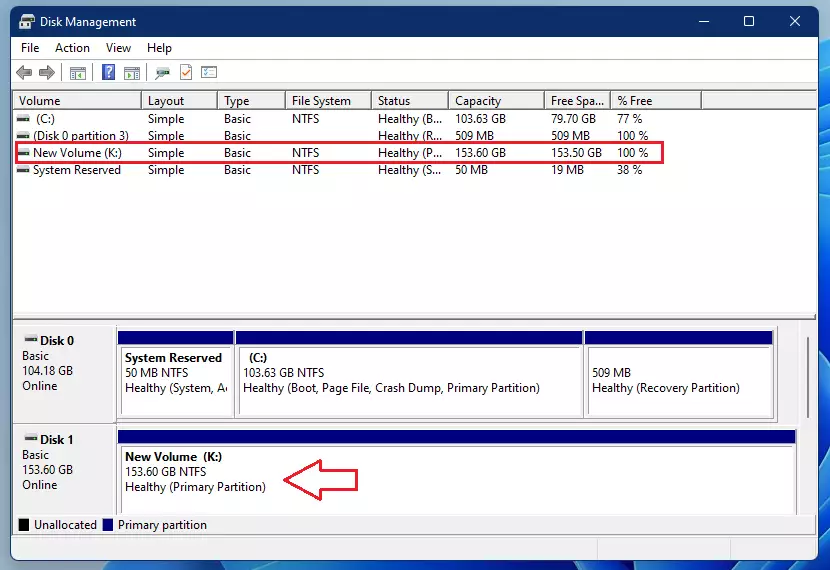
That should do it!
Conclusion:
- Creating partitions in Windows 11 helps to organize data and optimize system performance.
- A well-managed drive with partitions can enhance data security by isolating different types of files.
- The process of setting up partitions is straightforward via the Disk Management tool.
- By following the steps outlined, users can effectively manage their storage needs.
- Reviewing and resizing partitions can ensure that your hard drive functions efficiently as your data requirements change.

Leave a Reply